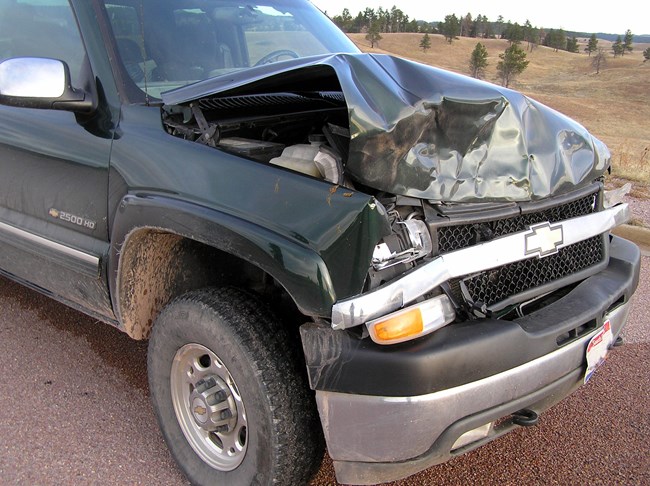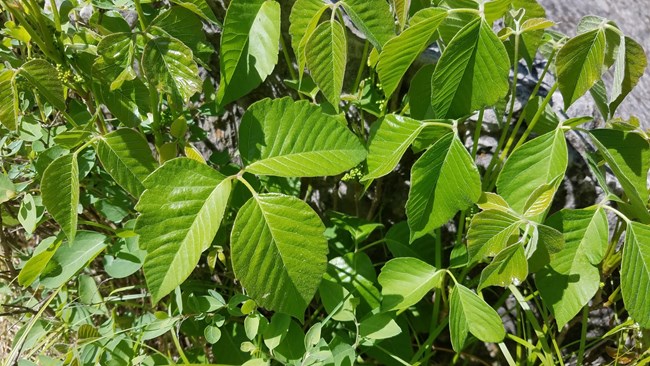
Recreate Responsibly
National parks across the country provide endless opportunities for recreational activities for everyone. 
NPS Photo Encountering WildlifeAnimals in the park are wild and unpredictable. Do not feed prairie dogs or other wildlife. Fed animals may become dependent on handouts and fail to survive the winter or become sick from human food. They also become attracted to highways where they can be struck by passing vehicles. 
NPS Photo Park RoadsNo matter the season, use caution and expect wildlife on the roads. Obey all speed limits. They are strictly enforced to protect you and park wildlife. 
NPS Photo / Lauren Reid Poison IvyPoison ivy is a common native plant that can be found throughout the park and on hiking trails. Though it usually grows low to the ground in moist areas, it can take the form of a "hairy" vine on occasion. |
Last updated: July 26, 2025
